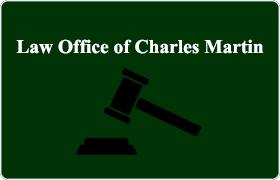Idyllwild Collection Lawyer, California
Sponsored Law Firm
-
 x
x

Click For More Info:
-
Law Office of Charles Martin
17461 Irvine Blvd Suite F Tustin, CA 92780» view mapBankruptcy & Debt Professional. Affordable. Reliable.
We have 19 years of experience handling thousands of bankruptcies. With our legal assistance we will guide you through the process of bankruptcy.
800-975-9061
Douglas Michael Kaye
Real Estate, Collection, Bankruptcy & Debt
Status: In Good Standing Licensed: 37 Years
 Charles Martin Tustin, CA
Charles Martin Tustin, CA Practice AreasExpertise
Practice AreasExpertise
